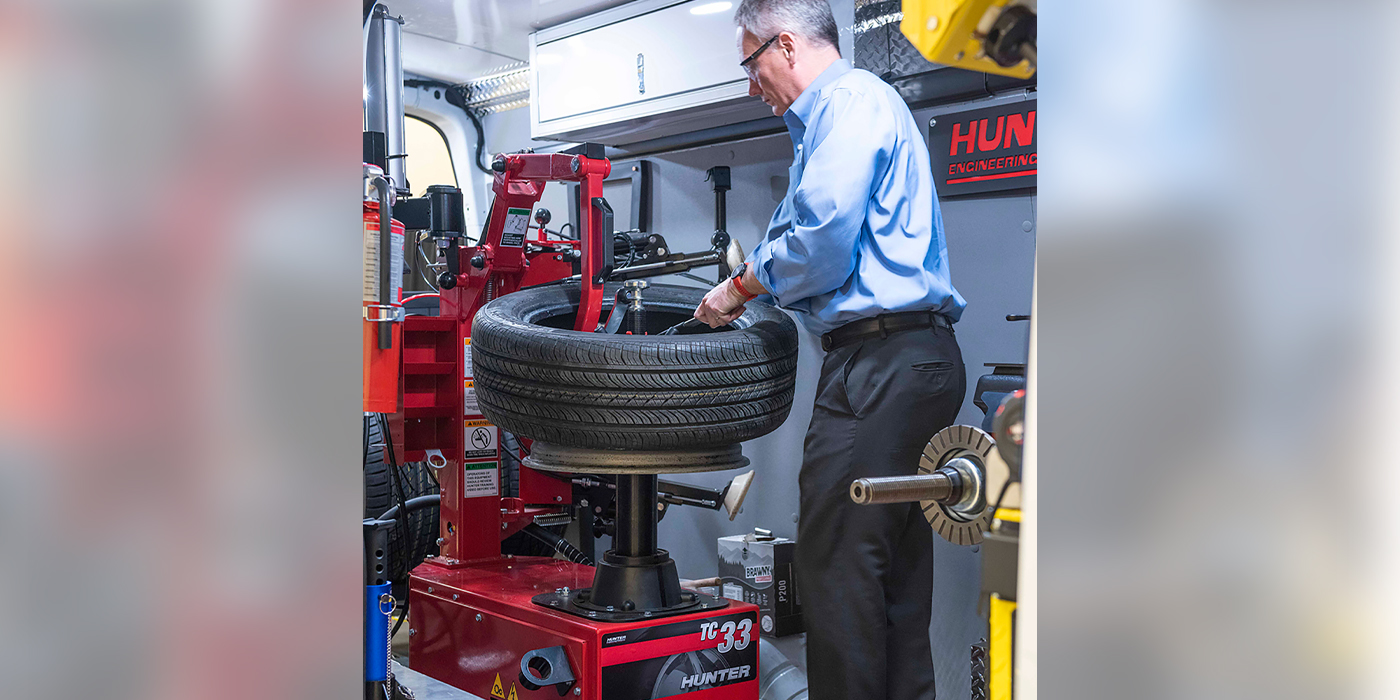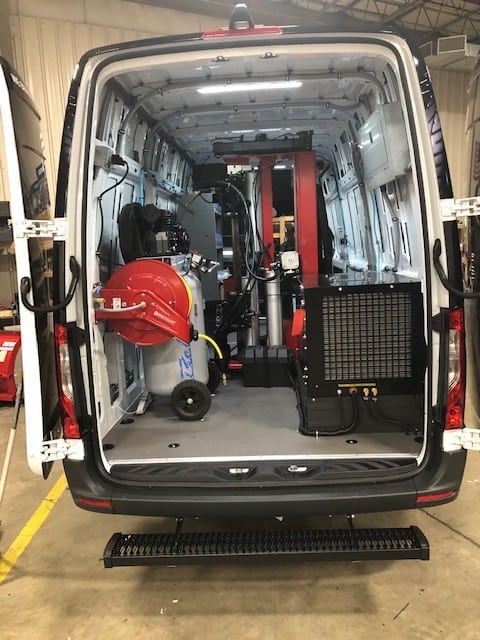Tire Solution: Proven Approaches for Optimum Tire Maintenance and Care
Keeping ideal tire problem is paramount for both security and performance of any kind of automobile. From making sure correct tire stress to routine rotation and positioning, there are tested approaches that can significantly prolong the life-span of your tires and improve overall driving experience. As we explore the details of tire treatment and upkeep, we will certainly reveal vital guidelines that every car owner ought to stick to for the very best possible results. Let's dive into the world of tire service and find the tricks to maintaining your tires in excellent shape for the long run.
Importance of Tire Stress
Appropriate tire stress is a crucial factor in making sure optimal automobile efficiency and safety when traveling. Preserving the suggested tire stress levels offered by the manufacturer offers various benefits. Appropriate tire pressure advertises much better gas efficiency, as under-inflated tires can lead to increased rolling resistance, creating the engine to work more difficult and eat more fuel. Secondly, correct tire stress makes certain even tread wear, enhancing tire long life and conserving cash in the future by delaying the need for early replacements. Furthermore, correctly blew up tires contribute to boosted handling and stopping capacities, crucial for risk-free driving in different road conditions. Over-inflated tires, on the other hand, can result in reduced grip and a harsher experience. Conversely, under-inflated tires are prone to getting too hot, which can lead to blowouts and accidents. On a regular basis adjusting and checking tire stress, specifically soon trips, is a straightforward yet efficient method to enhance lorry performance, extend tire life expectancy, and focus on security on the road.
Tire Rotation Guidelines
When considering tire rotation guidelines, it is essential to comprehend the importance of this maintenance job in making the most of tire lifespan and keeping optimal lorry efficiency. Tire rotation involves altering the setting of each tire on a lorry to ensure also walk wear. Front tires often tend to put on a lot more promptly than back tires due to guiding forces, making regular rotation crucial for balanced wear patterns.

Advantages of Wheel Positioning
Making certain correct wheel placement after tire turning is vital for preserving balanced wear patterns and optimizing automobile performance. Additionally, correct wheel alignment aids to expand the life expectancy of your tires. Misaligned wheels can trigger uneven tire wear, leading to premature tire substitute and boosted maintenance costs.

Tire Footstep Deepness Check
Executing a regular evaluation of tire step deepness is important for keeping secure driving conditions and extending the life expectancy of your tires. The step on your tires plays an essential function in giving traction, especially in unsafe or damp problems. To examine your tire tread depth, you can utilize a walk deepness scale or the dime examination. The recommended tread depth is at least 2/32 of an inch. It is time to change your tires to make certain optimal performance and safety and security on the roadway if the step deepness is listed below this limit. Irregular step wear can show concerns with tire suspension, pressure, or find here placement, highlighting the relevance of normal step deepness checks. Ignoring to keep an eye on and preserve proper tread deepness can bring about lowered hold, longer braking distances, and an increased threat of hydroplaning. By including tire walk depth explore your regular upkeep routine, you can drive with confidence knowing that your tires are in leading problem.
Seasonal Tire Examination
A thorough analysis of tire problem tailored to details weather problems is essential for keeping optimal efficiency and safety throughout view website the year. Seasonal tire assessment is a basic element of tire upkeep that ensures tires prepare to encounter the difficulties postured by different weather. In preparation for wintertime, it is important to check the tire stress routinely as chilly temperatures can cause tire stress to go down. Inspecting tire tread depth is additionally vital to guarantee appropriate grip on snow and frozen roads. Additionally, inspecting for indicators of damage, such as lumps or splits, can aid avoid prospective tire failings. As the periods adjustment, it is very important to assess tire condition and make any type of needed changes to assure secure driving. By conducting regular seasonal tire assessments, vehicle drivers can lengthen tire life-span, enhance gas performance, and most importantly, ensure a secure driving experience in varying weather problems - Mobile Tire Repair Las Vegas.
Final Thought
Finally, maintaining correct tire stress, rotating tires routinely, straightening wheels properly, keeping an eye on tread deepness, and carrying out seasonal evaluations are essential techniques for ideal tire care. By complying with these shown approaches, motorists can ensure their tires last longer, perform far better, and contribute to general vehicle security. It is very important to focus on tire maintenance to avoid accidents, enhance gas effectiveness, and extend the life-span of tires.
Sufficient tire stress promotes much better gas efficiency, as under-inflated tires can lead to boosted rolling resistance, creating the engine to work more challenging and eat more fuel.When taking into consideration tire turning guidelines, it is necessary to recognize the importance of this maintenance job in making the most of tire life expectancy and keeping optimum car performance. Seasonal tire assessment is my explanation a basic aspect of tire maintenance that makes sure tires are all set to encounter the challenges posed by different weather condition problems. By performing routine seasonal tire evaluations, chauffeurs can extend tire life expectancy, improve gas effectiveness, and most notably, make certain a safe and secure driving experience in differing weather problems.
In conclusion, keeping correct tire stress, revolving tires regularly, aligning wheels correctly, monitoring tread deepness, and performing seasonal examinations are essential techniques for optimum tire treatment.